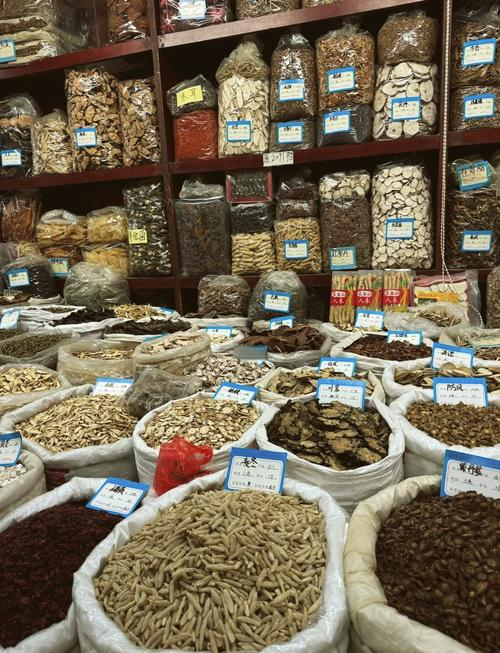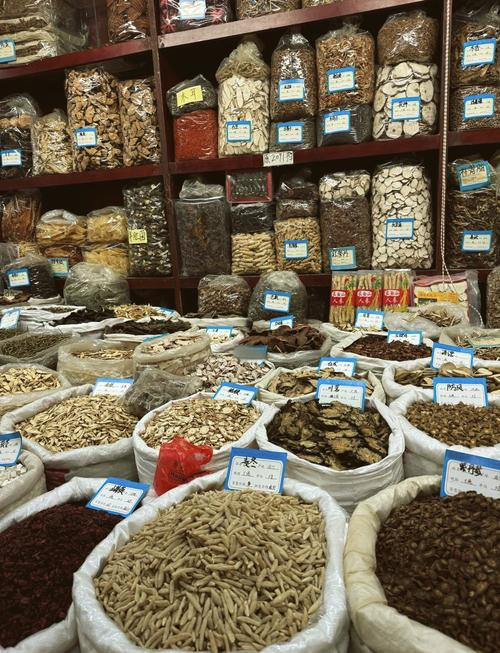
 The Chinese herbal medicine market constitutes a vast and complex system, encompassing multiple stages from cultivation and harvesting to processing and trading. In 2024, the market size in China exceeded RMB 200 billion.
The Chinese herbal medicine market constitutes a vast and complex system, encompassing multiple stages from cultivation and harvesting to processing and trading. In 2024, the market size in China exceeded RMB 200 billion.
Quality testing of Chinese herbal medicines is a critical环节 for ensuring their efficacy, safety, and clinical effectiveness. It involves multiple dimensions such as authenticity identification, purity control, active component content, and safety indicators, requiring the integration of traditional experience with modern scientific methods, all conducted in accordance with standards like the Chinese Pharmacopoeia.
Authenticity Identification: This is the foundational step in herbal medicine testing. Given the vast number of varieties, issues like "same name but different substance," "same substance but different name," or intentional adulteration (e.g., passing off inferior products or mixing in non-medicinal parts) are common. Thus, authenticity identification is the first essential step in quality control.
Purity Testing: This includes the control of impurities and non-medicinal parts, as well as moisture content determination, ensuring the purity of the herb and minimizing interference from ineffective or harmful components.
Processing Quality Assessment: Most Chinese herbal medicines require processing (such as frying, roasting, calcining, or steaming) to reduce toxicity and enhance efficacy. The quality of processing directly impacts therapeutic outcomes and requires specific testing for parameters like the degree of processing and excipient content.







